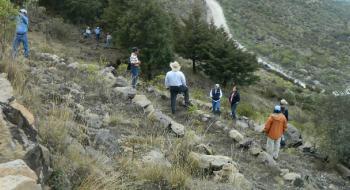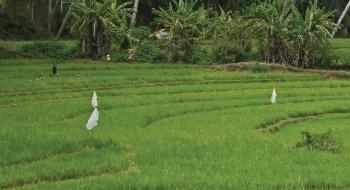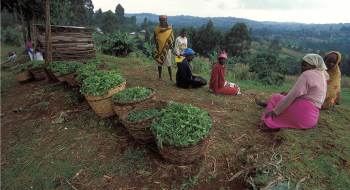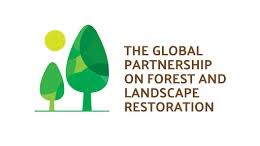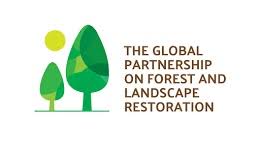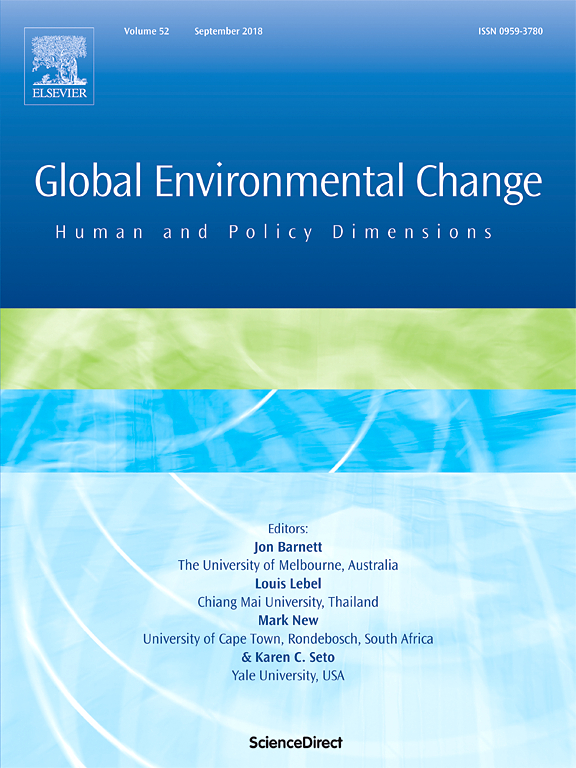One hectare at a time: restoration of a model forest in Costa Rica
After a quarter-century of restoration in a heavily degraded river basin in Costa Rica, a “model forest” platform is helping a local foundation to promote the benefits of its work and boost business in an economically depressed region.*
The area surrounding the headwaters of the Nosara River, which flows from the highlands of the Nicoya Peninsula into the Pacific Ocean, suffered deforestation under a past government policy that encouraged large-scale land clearing for agriculture and cattle ranching.


